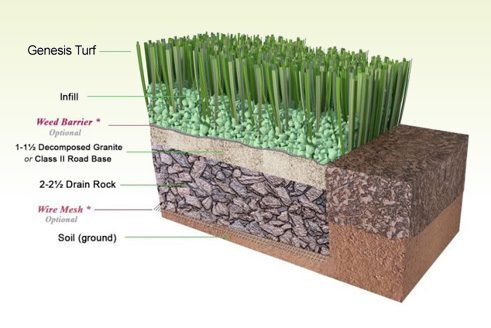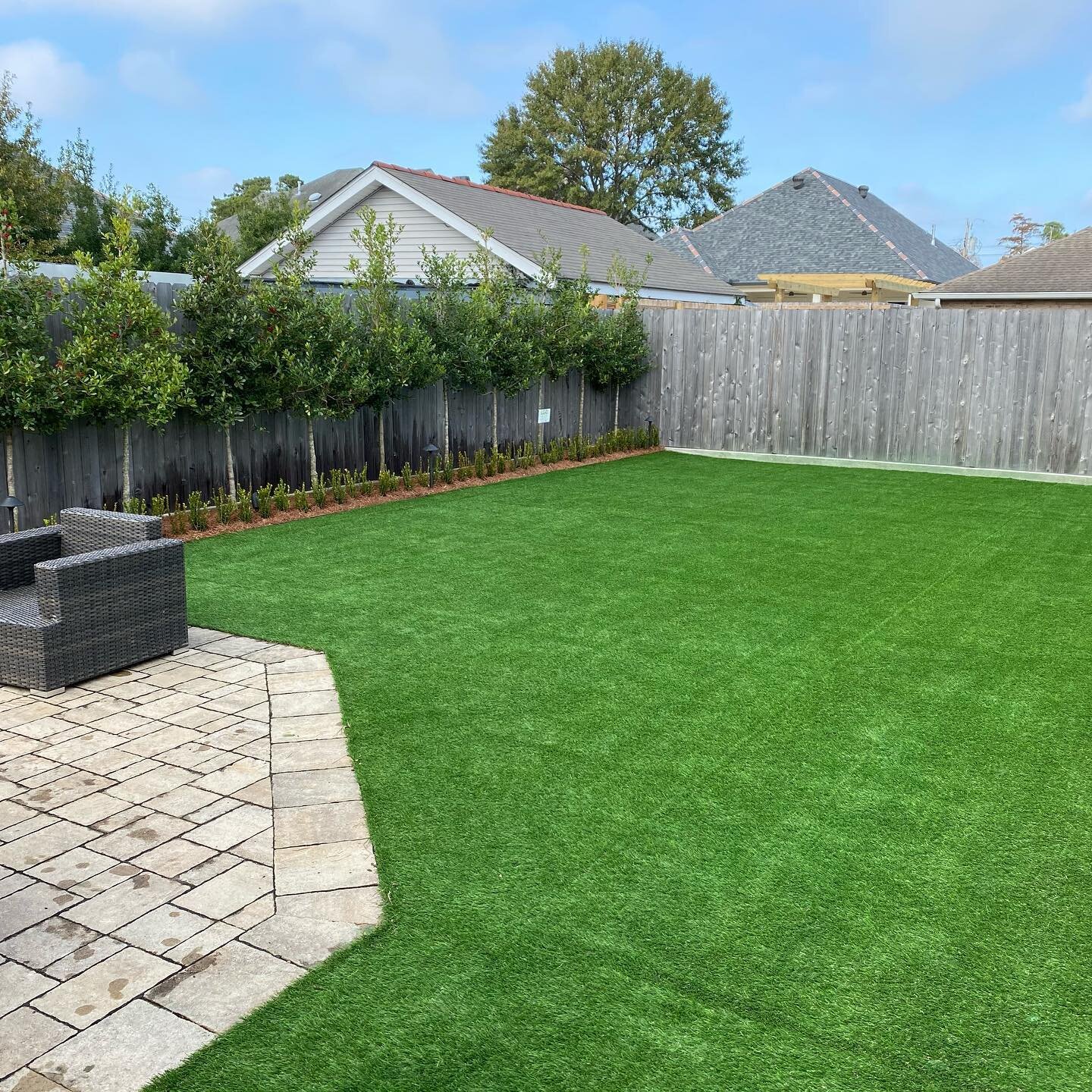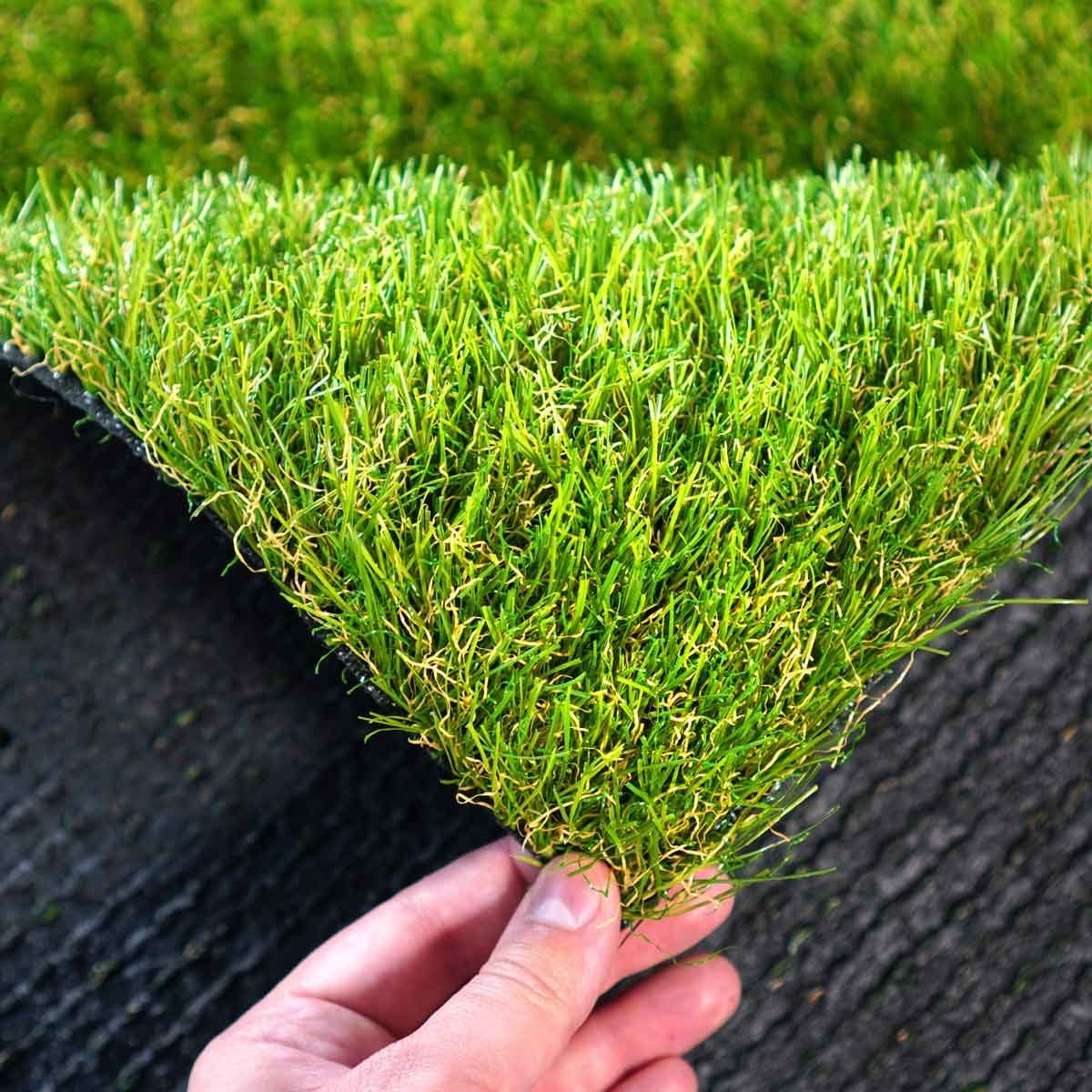Well-Known Artificial Turf Companies Phoenix for a Attractive and Green Lawn
Well-Known Artificial Turf Companies Phoenix for a Attractive and Green Lawn
Blog Article
Look Into the Environmental Advantages of Opting for Synthetic Grass Solutions
The fostering of man-made lawn services provides an engaging chance to resolve pressing environmental challenges. By dramatically lowering water use and minimizing the application of hazardous chemicals, these alternatives not just advertise lasting landscaping however also safeguard local environments. The lower carbon impact associated with reduced maintenance tasks adds to a much more sustainable approach to land monitoring. The implications of these benefits extend past mere conservation efforts, elevating concerns about their long-lasting effect on habitat conservation and overall eco-friendly equilibrium. Exploring these measurements discloses a complicated interplay worth considering.
Water Preservation Benefits
One of one of the most substantial advantages of artificial lawn is its capability to conserve water. Traditional yard lawns call for substantial irrigation, especially in areas prone to dry spell or water limitations. On the other hand, synthetic grass does not require watering, substantially lowering the total need for water sources. This function is specifically valuable in dry areas where water shortage is a pushing issue.
By getting rid of the requirement for regular watering, man-made lawn adds to lasting landscape practices and helps minimize the environmental influence of excessive water intake. Furthermore, the preservation of water reaches the decrease of runoff, which can lead to soil disintegration and river contamination.
Additionally, the installation of synthetic turf allows municipalities and house owners to allocate water resources much more successfully, concentrating on important usages such as alcohol consumption water and farming. The shift towards fabricated turf not only advertises responsible water use however likewise aligns with wider environmental objectives focused on preserving all-natural resources.
As areas significantly focus on sustainability, the water preservation benefits of fabricated grass offer a compelling instance for its adoption in property and commercial landscaping tasks.
Decreased Chemical Usage
The change to artificial lawn dramatically decreases the reliance on chemical therapies typically utilized in natural grass maintenance. Conventional turf monitoring normally involves the application of fertilizers, chemicals, and herbicides to advertise growth and control bugs. These chemicals can pose risks to human wellness, local wild animals, and the environment, contributing to soil and water contamination.
In comparison, synthetic grass gets rid of the requirement for these unsafe compounds. By minimizing the release of artificial substances right into the ecosystem, man-made lawn advertises healthier dirt and water systems.
In addition, the lack of chemical runoff linked with synthetic grass setups assists protect local rivers from air pollution, supporting aquatic life and preserving biodiversity. Arizona turf. As neighborhoods increasingly focus on lasting methods, choosing man-made lawn presents a sensible service that lines up with ecological preservation objectives. Through this shift, home proprietors can delight in lavish eco-friendly rooms without endangering environmental health and wellness, leading the way for a much more sustainable future
Lower Carbon Impact

In addition, the installment of synthetic grass can click reference result in considerable water preservation. All-natural yards call for significant amounts of water for irrigation, which not only contributes to the carbon impact connected with water extraction and treatment yet likewise stress neighborhood water resources. On the other hand, synthetic grass needs very little upkeep, needing no watering, thus significantly decreasing water usage and its associated power prices.
Additionally, the longevity of fabricated grass adds to its decreased carbon effect. With a life expectancy of approximately 15 years or even more, the demand for frequent replacements is decreased, resulting in less waste and reduced energy consumption in production and taking care of typical grass alternatives. On the whole, synthetic grass provides a lasting alternative for environmentally mindful landscaping.
Environment Conservation
Environment conservation is an essential factor to consider in the debate over landscape design options, specifically when comparing artificial turf to natural lawn. All-natural grass lawns often call for considerable upkeep, consisting of using pesticides, herbicides, and plant foods, which can adversely affect regional ecosystems. These chemicals can leach into the soil and waterways, harming indigenous plants and animals and interrupting regional habitats.
On the other hand, man-made turf provides a possibility to decrease the environmental impact of landscape design. By opting for artificial turf, property owners can reduce the disruption of all-natural environments connected with conventional yard care practices. Synthetic turf eliminates the need for harmful chemicals, thereby safeguarding neighboring wildlife and preserving the integrity of surrounding ecosystems. Moreover, the setup of synthetic grass can lead to the conversion of previous turf areas into even more biodiverse landscapes, such as pollinator yards or indigenous plant areas, which can sustain local wildlife.
Ultimately, the change to synthetic grass not only saves water and decreases upkeep efforts however likewise promotes a much more harmonious connection between go to this site human tasks and the natural surroundings, advertising habitat conservation at the same time.
Long-Term Sustainability
Long-lasting sustainability is a critical factor in reviewing the advantages of synthetic grass over standard yard lawns. Among one of the most significant advantages of fabricated turf is its toughness; it can last as much as 15-20 years with very little maintenance, whereas all-natural grass calls for regular reseeding and substitute. This long life lowers the need for continuous resources, such as water, plant foods, and chemicals, which are crucial for preserving a healthy turf lawn.
Additionally, synthetic grass adds to a decrease in carbon emissions associated with grass treatment devices. Conventional yards typically need gas-powered lawn mowers, trimmers, and blowers, every one of which contribute to air contamination. Arizona turf. In contrast, synthetic grass removes the need for such equipment, advertising a cleaner setting
Furthermore, the production of synthetic grass increasingly makes use of recycled products, boosting its sustainability profile. As producers embrace eco-friendly practices, the environmental footprint of fabricated lawn remains to lessen.

Conclusion
The adoption of synthetic turf remedies presents considerable environmental advantages, including substantial try these out water preservation, reduced dependence on hazardous chemicals, and a lower carbon footprint. In addition, synthetic turf help in maintaining natural environments by lessening land disturbance and advertising long-term sustainability with making use of sturdy materials. Jointly, these elements underscore the possibility of synthetic grass to add favorably to environmental wellness and supply a feasible option to conventional landscape design methods in an increasingly resource-conscious world.
In comparison, fabricated turf does not need watering, substantially lowering the total need for water resources. By lessening the release of artificial substances into the community, fabricated grass promotes much healthier dirt and water systems.
In addition, the installation of artificial turf can result in significant water preservation. In contrast, artificial lawn needs very little maintenance, calling for no watering, thus considerably decreasing water usage and its connected power expenses.

Report this page